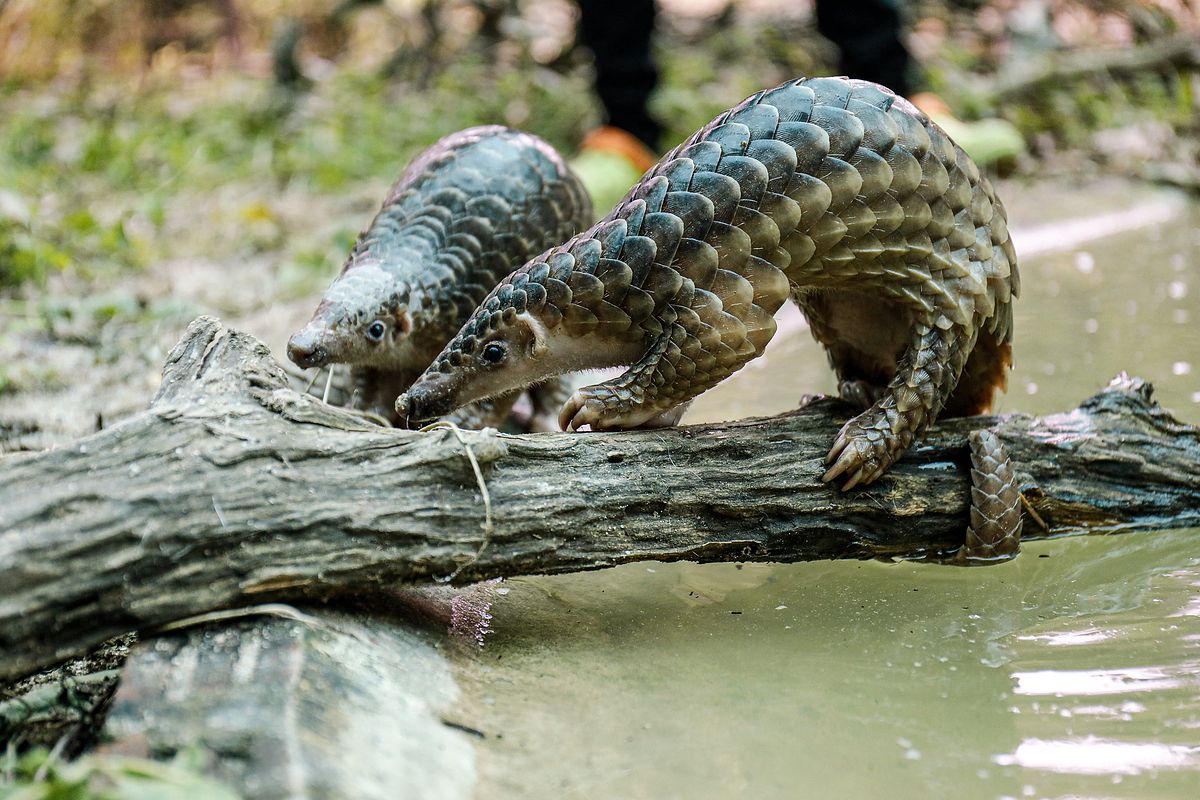Researchers in China have determined that rice was first domesticated in the country nearly 10,000 years ago.
The Atlantic reports that archaeologists at a site called Shangshan have unearthed bits of rice called phytoliths that were buried for thousands of years.
Phytoliths are hard, microscopic pieces of silica which plant cells create as a form of self-defense, and they don't burn, digest or decompose, the news source explains. Patterns in the phytoliths discovered at Shangshan provide evidence that people were cultivating rice roughly 10,000 years ago.
This marked a dramatic shift for hunter-gatherers, as they moved into domesticating a crop that has become a staple for vast swathes of the global population.
According to the magazine, Chinese archaeologists began working in Shangshan in the early 2000s and quickly discovered artifacts related to rice, such as rice husks buried in pottery shards and tools that may have been used for milling.
The phytoliths, however, were everywhere, with less than a tenth of an ounce of soil potentially containing thousands of them.
The experts sifted these phytoliths from the dirt, cleaned them and heated them to create a white powder of pure phytoliths, The Atlantic shares. Then, they used carbon-14 dating to determine the age of the material and checked their results against other items found at the same depth below the surface.
The oldest phytolith they found was up to 9,400 years old.
According to the news source, this adds to evidence that rice was first cultivated at Shangshan, though it is possible that this occurred somewhere else that hasn't been excavated yet.
[Photo via The Atlantic]














